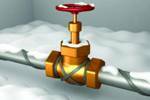Condensation on pipes is not just water, but a serious problem that can affect your health. The reason is pretty simple - constant moisture is an excellent breeding ground for mold growth. The most terrible one, which strives to settle in every house and apartment - black. Its spores enter your lungs with the air and cause difficult, sometimes irreversible processes. So you shouldn't put up with condensation. But how to deal with it?
Read in the article
- 1 First you need to understand what is the reason
- 2 Competent thermal insulation is the key to success
- 3 Ventilation and drying - the solution to the problem
First you need to understand what is the reason
Indeed, why does not some homeowners have such a problem, while for others it is an urgent problem? Moreover, condensation forms not only on metal pipes, which is understandable, but also on plastic. Yes, yes, this can also happen on plastic, and mold grows on them just as well.
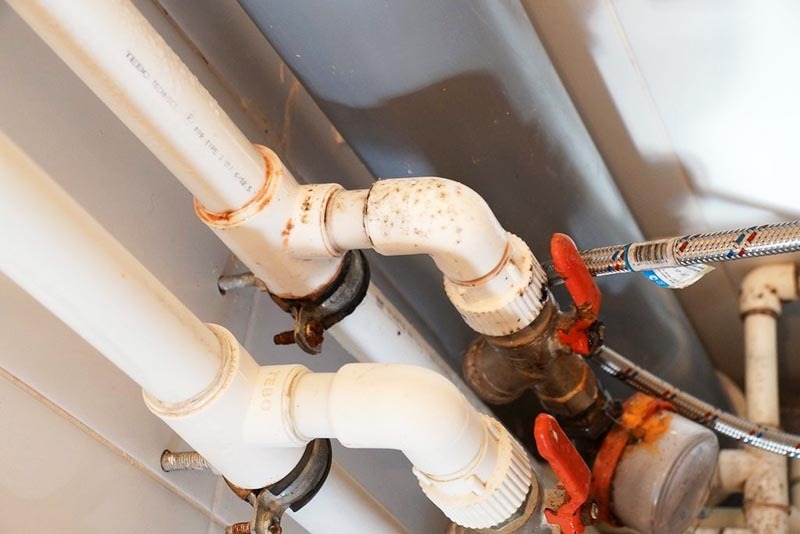
So why?
Because:
- in the room where the pipes are located, the humidity is increased;
- hot and cold water pipes are located close to each other;
- absent in the room high quality ventilation;
- the floor above, or your system has a small leak.
Consider all possible causes. Eliminate them and the problem will be resolved.
Competent thermal insulation is the key to success
The difference in temperature and high humidity in the room is solved by competent thermal insulation. How to do it?
There are several options available, choose the one that suits you best:
- Use polyethylene foam insulation. These are pipes that need to be matched to yours in diameter, wrap the water supply with them, or sewerage. A very simple and in most cases effective option. But in fairness, it is worth noting that many users, after applying this method, note that condensation still forms, only in the lower part of the insulation, which leads to corrosion of metal pipes.
- Make a box from plywood or plastic around the pipes and fill the space in it with construction foam. This method is especially effective on sewer pipes in apartment buildings. Only again there is a caveat - it is important that the neighbors above do not have a leak, otherwise the foam is inside the box will absorb moisture, and the same mold and other nasty things will multiply in it with a large success.
- A grandfather's method, very effective for metal pipes. It is necessary to clean the pipes, treat with a solvent and a converter rust, and then apply an epoxy-based filler and wrap a cloth bandage on the uncured filler. Two or three such layers need to be made, and then the surface, after hardening, should be sanded and painted.
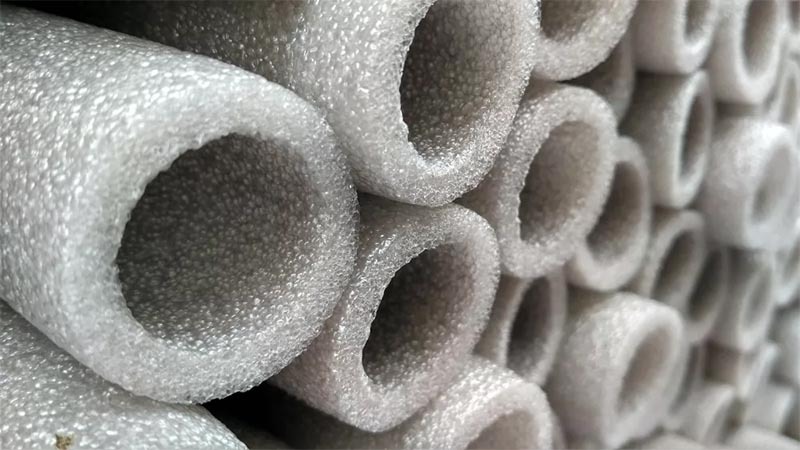
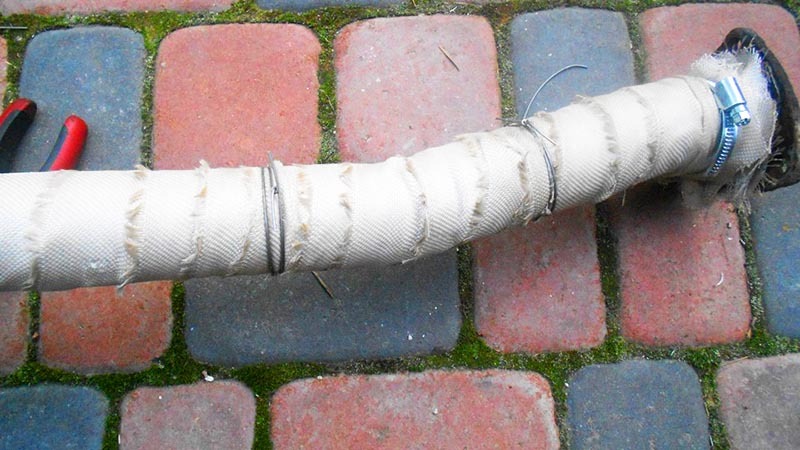
Choose what is most suitable for you, and no one bothers you to try all the listed options.
Related article:
Water pipe heating cable. The cable is used to prevent freezing of the water supply system. How to choose it correctly in order to solve the problem without unnecessary costs and difficulties, we will talk about this in more detail in the article.
Ventilation and drying - the solution to the problem
The increased humidity in the room leads to the growth of mold not only on pipes, but also on walls and plumbing. It is a fact. So even if you wrap the plumbing and sewer with something, the problem will not be completely solved. The oldest microorganisms will find a place for themselves to breed and will be waiting for you to catch you by surprise. So we offer two simple options for getting rid of them. The first is changes in the ventilation system. If until now the dampness has been constant, then something is wrong with the ventilation. Revise its design, perhaps add a fan for forced air movement.
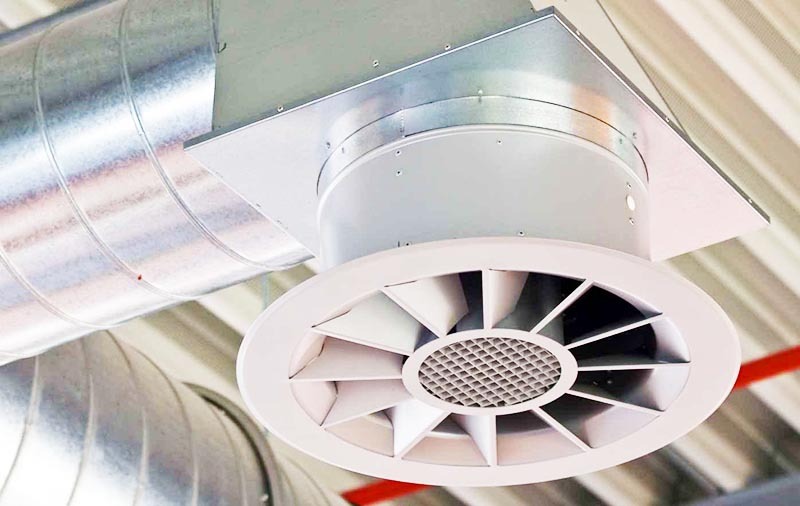
Or, alternatively, install an air dryer in a humid room. This device, however, consumes a lot of electricity, but if you use it correctly, it's okay. For example, condensation always forms after taking a bath. Turn on drying for a while after water procedures - and that's it.
And here are some more popular tips from professionals:
How do you solve the condensation problem? Share your experience in the comments!

